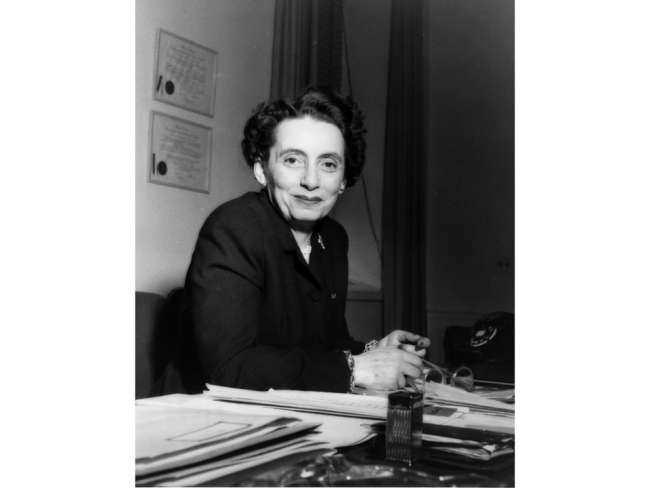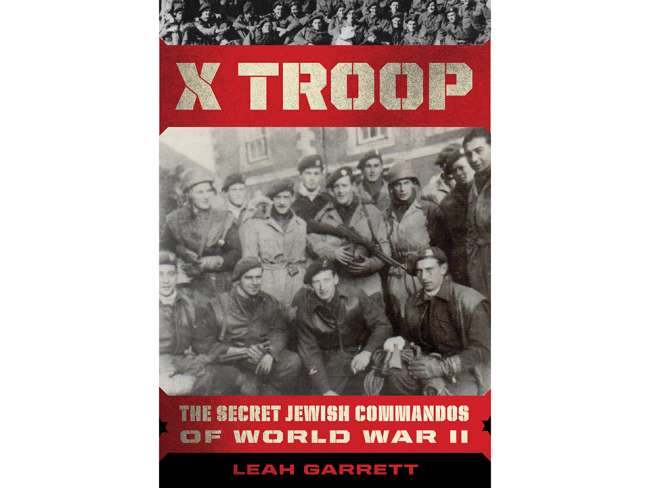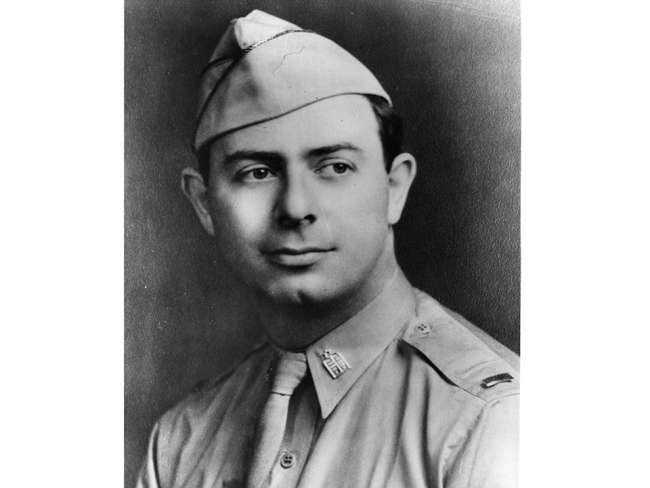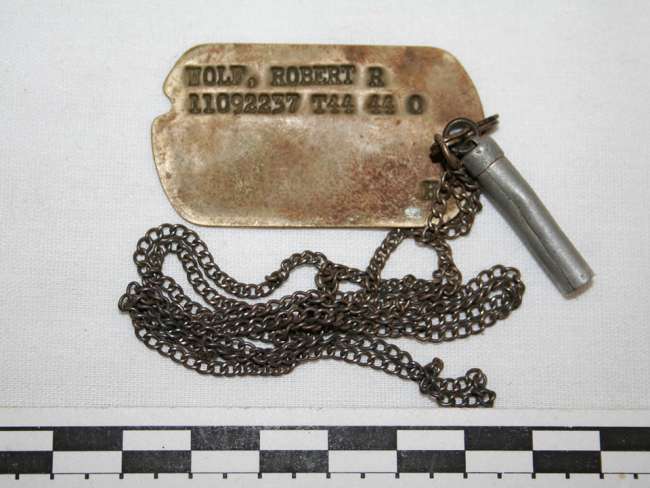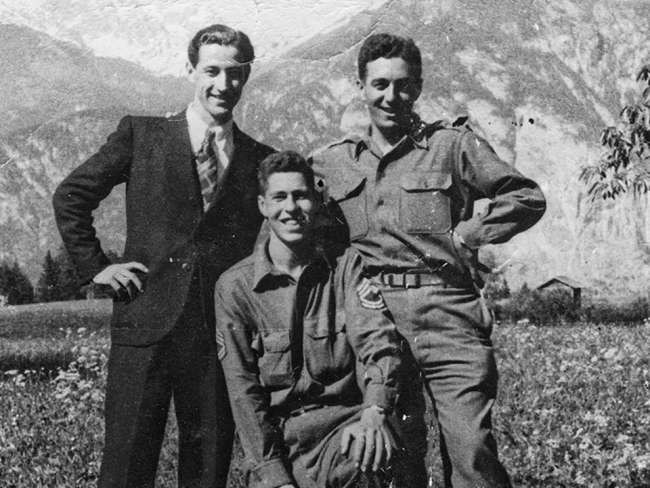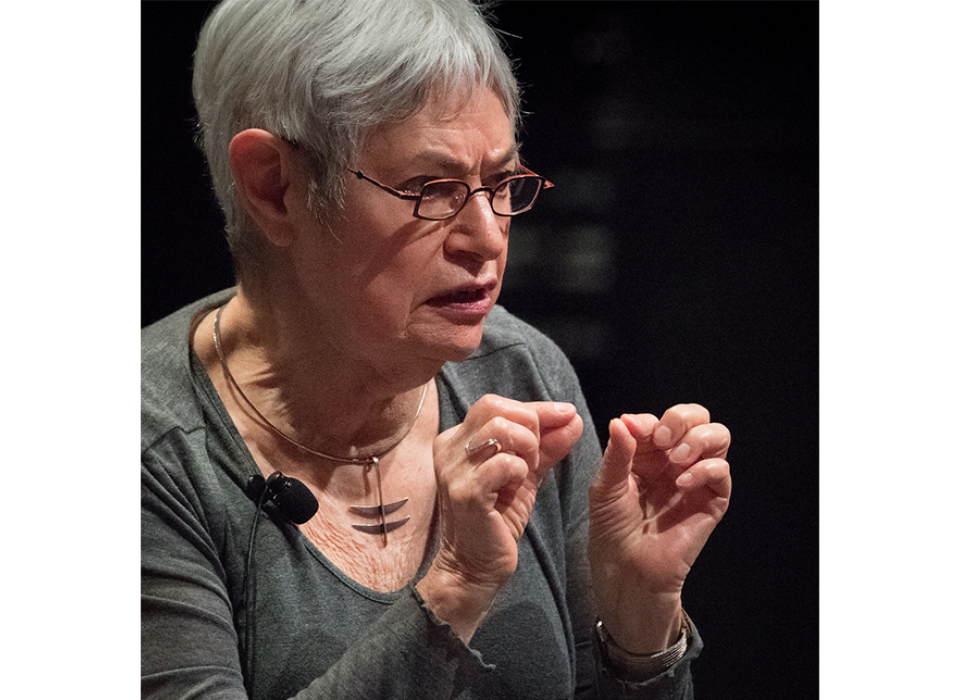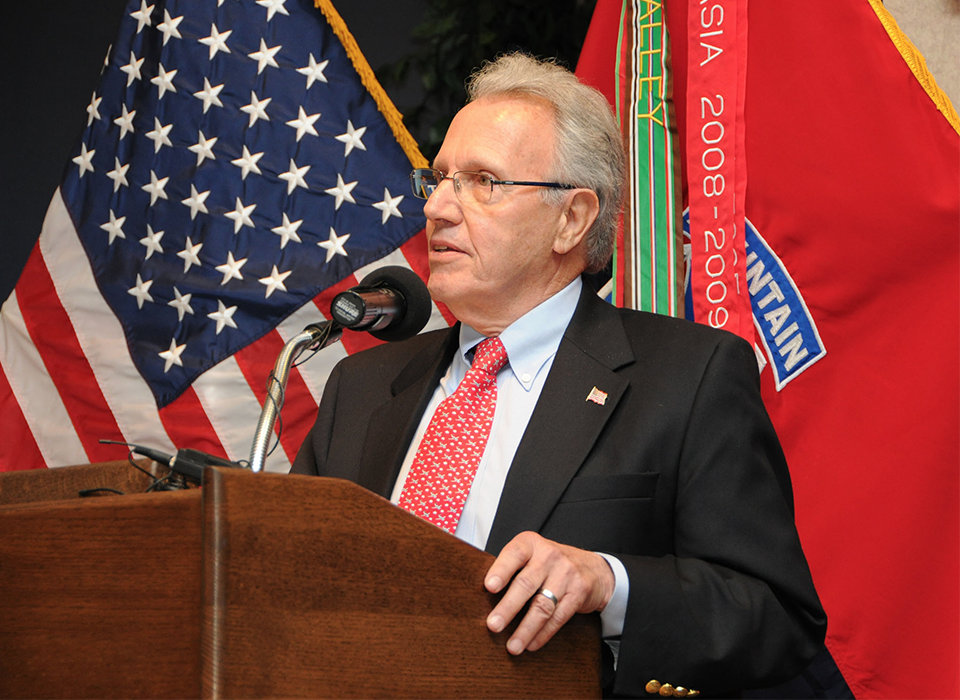Around 500,000 American Jews served in World War II. For those serving in Europe, being in the fight came with added motivation and also added risk should they be captured. Many Jewish Americans had extended family in Europe whose whereabouts and fates were unknown. Some were drafted or volunteered for service after having fled Europe and were driven by revenge to return to the countries of their birth in American uniforms to fight for democracy and against Fascism.
Around 9,000 American Jews ended up as POWs in German captivity. Generally, they were afforded the protections of the Geneva Conventions and were not treated differently than their non-Jewish, fellow American POWs. But the threat of separation or persecution was always present.
Prior to capture, some American soldiers and airmen were keenly aware of the potential dangers they faced as Jews in the European theater. One cause of concern was the possibility of being identified as Jewish and being singled out by the enemy. A point that was discussed by some was whether or not to keep one’s dog tags if captured. The dog tag, what identified you as an American, also identified you as a Jew. During World War II, dog tags indicated religion with a “C” for “Catholic,” “P” for “Protestant,” and “H” for “Hebrew” or Jewish (changed to a “J” for “Jewish” beginning in 1952). Some Jewish servicemen debated whether to declare themselves as Jews for this purpose or whether to use a “C” or “P.” The “H” on your dog tag could make you a target, but not having a dog tag at all could also put you in jeopardy should you be accused of being a spy.
Some airmen flying missions to bomb Nazi Germany, ditched their dog tags when they were shot down. Others decided to leave their dog tags on base when they flew. There were some reports of individuals carrying a set of “flying tags” that were unmarked with religion, or at least not marked with an “H.” Some made the conscious decision to defiantly and proudly label themselves as Jews, even in some cases, attaching mezuzahs to their dog tags. If they were to be captured, they wanted the Germans to know that American Jews were involved in the bombing of German cities.
Sgt. Alan Moskin, who served with the 71st Infantry Division, remembered his lieutenant asking him and “two other Jewish kids in the platoon” if they wanted him to take their dog tags and safeguard them, in case they were to be captured. Moskin chose to keep wearing his dog tags. Watch the Museum’s latest webinar with Alan Moskin.
Lt. Irwin Stovroff, bombardier with the 8th Air Force, who was shot down on his 35th mission days after his 22nd birthday, recalled throwing away his dog tags before taken into German captivity. He soon discovered that this precautionary action was necessary. The German interrogator who questioned Stovroff had, for a time, lived in Stovroff’s Buffalo, New York neighborhood and was even on Stovroff’s paper route.
Interrogation in general was a big source of concern for American Jewish POWs. Per the Geneva Convention, one was required and instructed to give only one’s true name, rank, or service number. The Germans also recorded information on one’s profession, one’s parents, and one’s religion. The Germans interrogators asked about religion and also tried to determine whether one was Jewish. Some admitted to being Jewish, suspecting that the Germans knew anyway, others denied it. Some later recalled shame when not admitting to being Jewish. These interrogations terrified Jewish POWs who did not want to be turned over to the SS or the Gestapo, rather than being held by the Wehrmacht troops who typically handled Allied POWs.
After capture and an always scary (no matter what religion or background) interrogation, most Jewish American POWs were sent to Stalags and Oflags along with all of the other American POWs. In the POW camp, being able to understand and communicate with German guards or with civilians while on work detail could be beneficial. American Jews who knew some Yiddish were often capable of approximating German. This could be beneficial, but also was risky depending on the leaning of the captor. There were also cases reported where antisemtic American POWs harassed their fellow Americans, even going so far as to blame them for being the cause of the war.
In rare instances Germans segregated or made attempts to segregate Jewish American POWs. This occurred at Stalag IXB in January 1945. There the non-Jewish officers and fellow prisoners defied German orders to identify (and thus doom) the Jewish American men among them. Eventually, under duress, many Jews did self-identify and others were selected randomly, by name, appearance, or otherwise. Three hundred fifty American POWs were selected to be sent to the Berga slave labor camp upon suspicion of being Jewish. There they endured inhumane treatment as laborers in underground tunnels along with prisoners from the nearby Buchenwald concentration camp, all while suffering from starvation and beatings. Eighty-six of these men died before liberation. Interviews with Berga survivors can be viewed on the Museum’s Digital Collections site.
Attempts were also made in Stalag Luft I near the end of the war to segregate Jewish prisoners. They were pulled from their barracks and placed in a separate compound. Irwin Stovroff recalled, “The element of not knowing the next move that would be made placed a tremendous amount of pressure on all Jewish prisoners.” Rumors circulated that they would be killed ahead of liberation. Strong American leadership in the camp, headed up by Col. Hubert Zemke, was able to intervene and prevent further harm to the Jewish POWs under his command.
In one rare instance, several American Jewish POWs were exchanged and sent back to American lines. Private First Class Bernard Rader was wounded and taken prisoner in October 1944. While in a German hospital, he displayed a Catholic prayer card above his bed so that his captors would not suspect he was Jewish. Rader was part of the rare battlefield exchange in the winter of 1944. This particular exchange and Rader’s return to American lines were reported on in the “Morning Freiheit” Yiddish newspaper.
With the exception of Berga and other such instances, American Jewish POWs were treated in the same manner as their non-Jewish fellow servicemen. Although this can be said of the other Western Jewish POWs (mainly French and British), the Soviet Jewish POWs were given absolutely no protection and had a death rate of more than 60 percent. Even still, being a Jewish American fighting in Europe was a frightening and unpredictable experience.
Kim Guise
Kimberly Guise holds a BA in German and Judaic Studies from the University of Massachusetts Amherst. She also studied at the Universität Freiburg in Germany and holds a masters in Library and Information Science (MLIS) from Louisiana State University. Kim is fluent in German, reads Yiddish, and specializes in the American prisoner-of-war experience in World War II.
Cite this article:
MLA Citation:
APA Citation:
Chicago Style Citation:
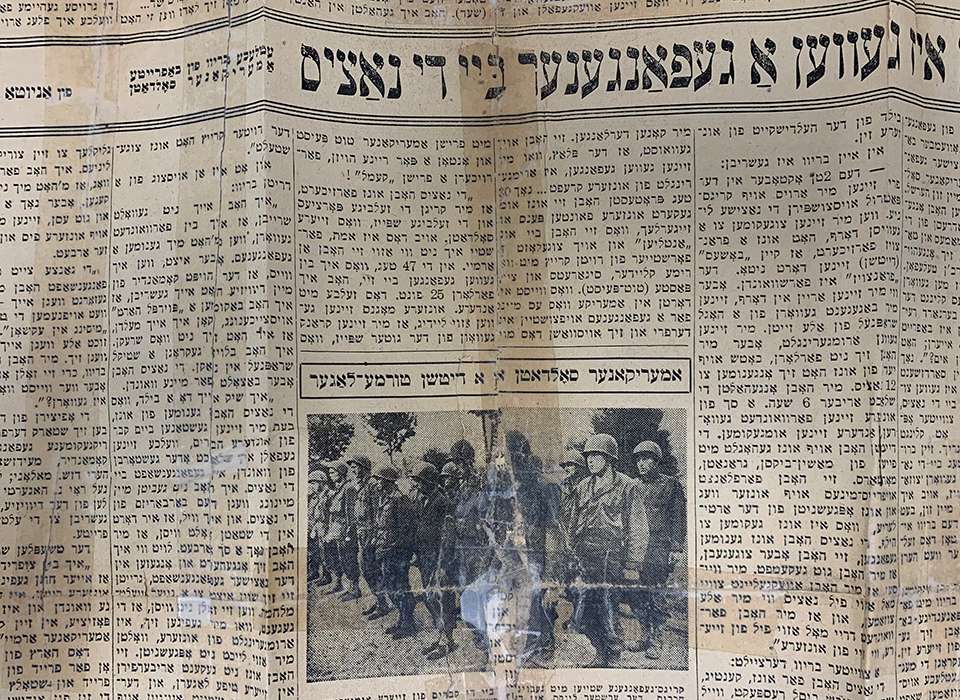
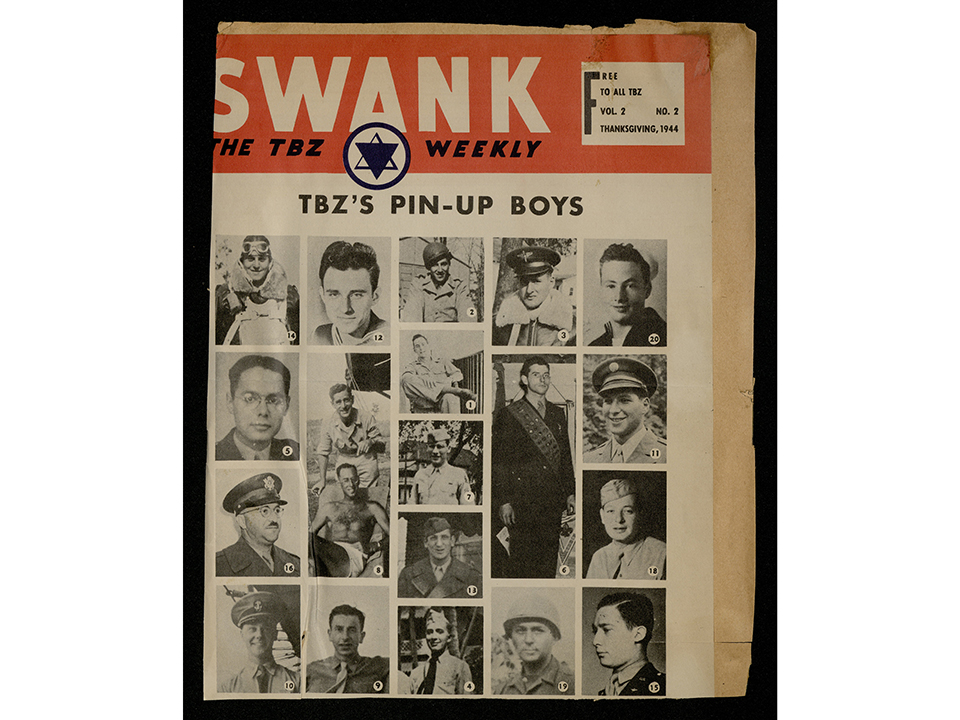
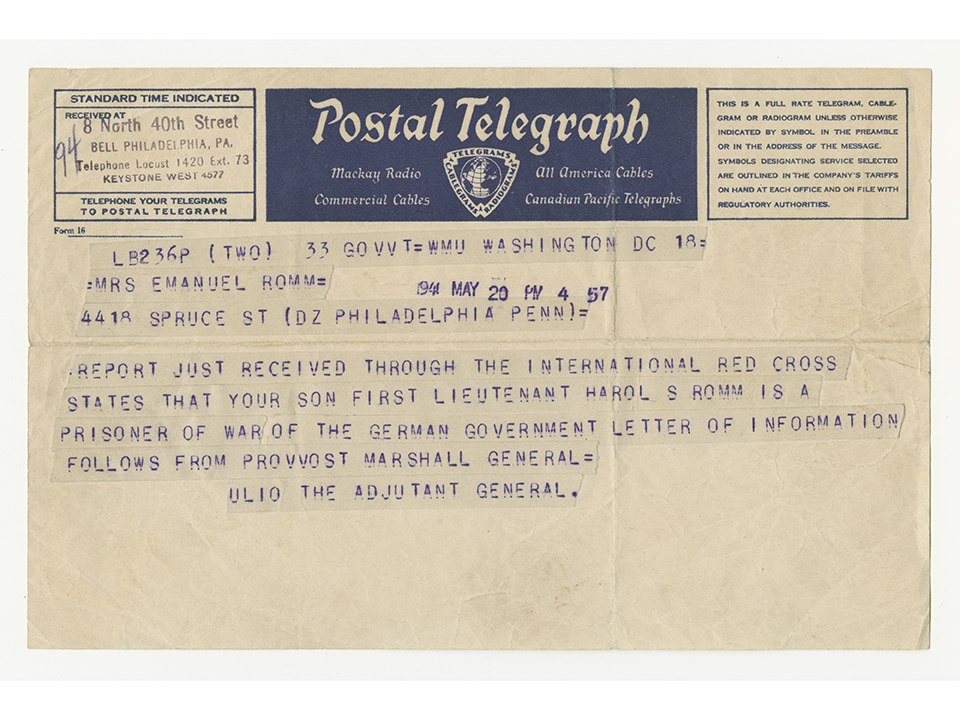
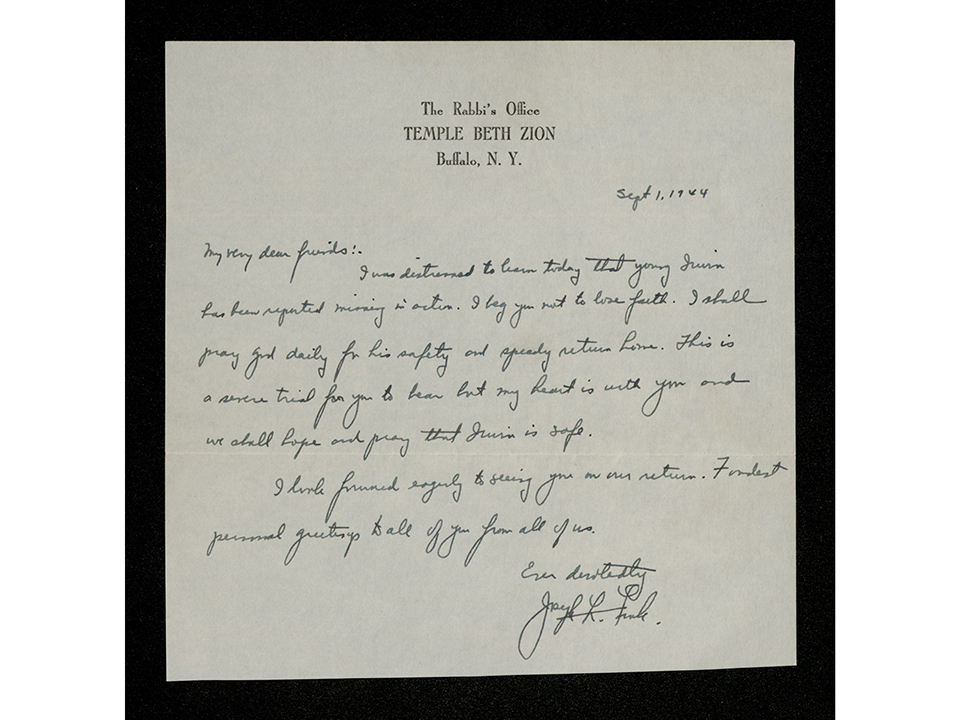
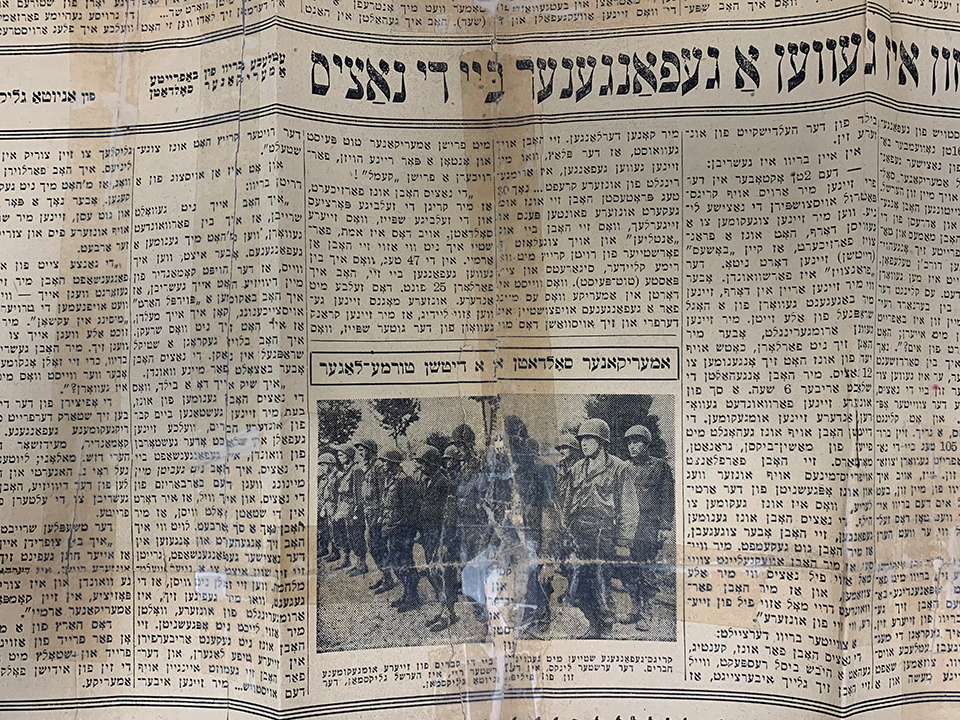

![Max Fuchs, New York City cantor, sings as Rabbi Sydney [sic] Lefkowitz, Richmond, VA, conducts the first Jewish services from Germany.](/sites/default/files/styles/max_650x650/public/2025-10/image1.jpg)
